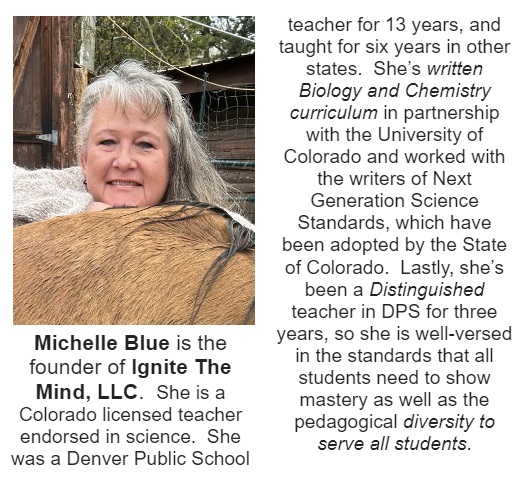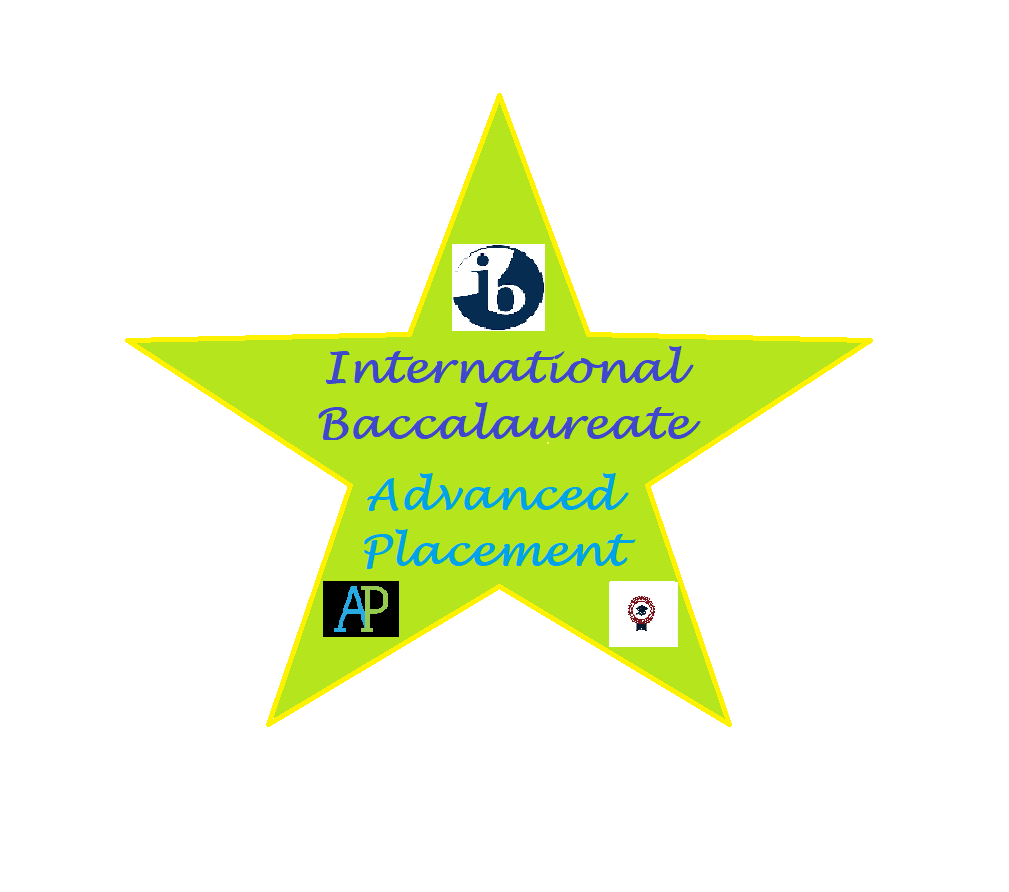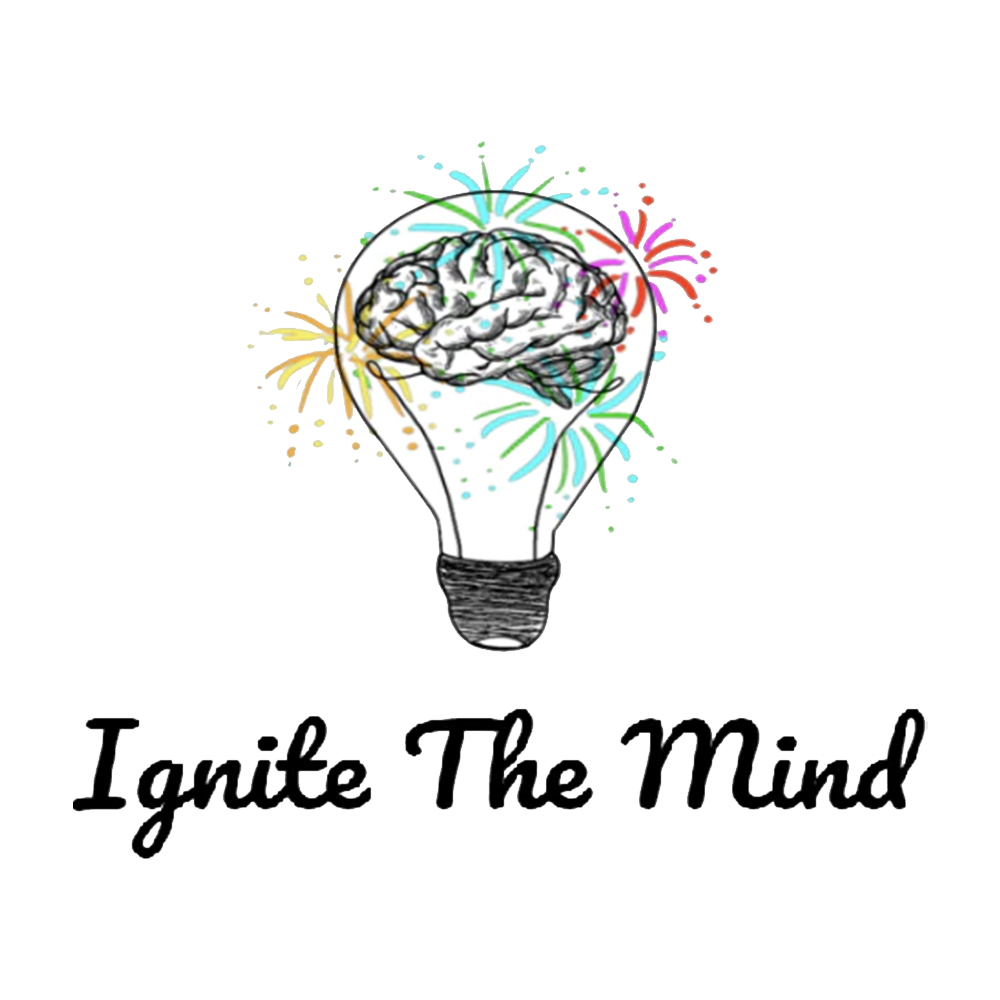Art & Design
Suitable for ages 10-14
Course Content
I can tutor your child and ensure they remain proficient in their core subjects, and enjoy learning along the way. I am a time served and qualified teaching professional, and I‘m ready now to help.I can tutor your child and ensure they remain proficient in their core subjects, and enjoy learning along the way.
Session 1
Lorem ipsum dolor sit amet, consectetur adipiscing elit. Sed imperdiet, enim non dignissim faucibus.
Session 2
Lorem ipsum dolor sit amet, consectetur adipiscing elit. Sed imperdiet, enim non dignissim faucibus.
Session 3
Lorem ipsum dolor sit amet, consectetur adipiscing elit. Sed imperdiet, enim non dignissim faucibus.
Session 4
Lorem ipsum dolor sit amet, consectetur adipiscing elit. Sed imperdiet, enim non dignissim faucibus.
Session 5
Lorem ipsum dolor sit amet, consectetur adipiscing elit. Sed imperdiet, enim non dignissim faucibus.
Session 6
Lorem ipsum dolor sit amet, consectetur adipiscing elit. Sed imperdiet, enim non dignissim faucibus.
Session 7
Lorem ipsum dolor sit amet, consectetur adipiscing elit. Sed imperdiet, enim non dignissim faucibus.
Session 8
Lorem ipsum dolor sit amet, consectetur adipiscing elit. Sed imperdiet, enim non dignissim faucibus.
Session 9
Lorem ipsum dolor sit amet, consectetur adipiscing elit. Sed imperdiet, enim non dignissim faucibus.
Session 10
Lorem ipsum dolor sit amet, consectetur adipiscing elit. Sed imperdiet, enim non dignissim faucibus.
Session 11
Lorem ipsum dolor sit amet, consectetur adipiscing elit. Sed imperdiet, enim non dignissim faucibus.
Session 12
Lorem ipsum dolor sit amet, consectetur adipiscing elit. Sed imperdiet, enim non dignissim faucibus.
My Core Objectives
Lorem ipsum dolor sit amet, consectetur adipiscing elit. Integer sit amet pulvinar dolor. Nullam tristique ultricies dolor eu pharetra. Pellentesque vel mi non urna mattis maximus. Nulla porta, purus sit amet rutrum ultricies, erat metus pulvinar augue, sed lacinia quam lorem sed quam. Nunc ac lacinia quam. Quisque finibus convallis lacus eu pellentesque. In vitae pharetra nulla. Nullam elementum elit laoreet lobortis porttitor.
We’re Here For You
My Bestselling Study Guides
Quisque finibus convallis lacus eu pellentesque. In vitae pharetra nulla. Nullam elementum elit laoreet lobortis porttitor. Nullam tristique ultricies dolor eu pharetra. Pellentesque vel mi non urna mattis maximus. Nulla porta, purus sit amet rutrum ultricies, erat metus pulvinar augue, sed lacinia quam lorem sed quam. Nunc ac lacinia quam.
What Future Do You Envision For Your Child?
Teachers Can’t Do It Alone…
This is my first blog post, and I’ve chosen to write about our collective futures and what we all can do, parents, educators, administrators, tutors, caregivers… all of us. As an educator for 20 years and an engineer prior to teaching, I have learned a few things about the world and what we need to building the brightest futures for our kids. I know that teachers cannot build those futures alone. It takes a village. It takes equity, accountability, kindness, patience, expectations and confidence.
Equity seems to be quite a woke word, has an unclear conotation. Let’s start with what equity is not. Equity does not mean that we can expect less of students. It does not mean that we believe that certain kids cannot do the work and cannot understand challenging topics based on their homelife, economic status, race, disability or educational background. We means that we expect all students, regardless of these challenges to be able to do and learn, we just modify the method for helping students understand the same material. We use visual or kinetic learning strategies to help kids see it, feel it, use it in meaningful ways. Providing equitable learning opportunities for students is critical, as no two kids are the same. For all of the groups listed above, please know that your child or student is special, and we can all find new and more interesting ways to help them. Imagine a world where the energy a student has shifts because we all show them a future that they can reach.
Accountability is another word that seems to some to mean that we are going to get into trouble in some way, that we are missing the mark and that someone needs to correct our behaviors. This is not what it means. According to Webster, accountability means “an obligation or willingness to accept responsibility or to account for one’s actions”, and according to Britannica, the meaning is “a principle according to which a person or institution is responsible for a set of duties and can be required to give an account of their fulfilment to an authority that is in a position to issue rewards or punishment.” It’s no wonder we think it has something to do with punative action. During my 13 years with Denver Public Schools, I have learned that it is best for me and my students to have someone hold me accountable for my actions and the quality of my teaching skills. If I am doing everything I can to motivate and grow student development and knowledge and there is something else I can be doing which works better, then I encourage someone to help me gain those skills. My students deserve me to be my best. Believe it or not, many educators do not feel this way. They have been yelled at by parents, by students, by their administrators. They have been unfairly evaluated and have become hardened to the idea of a growth mindset. This is truly understandable, but if we step back and really look at our practice and change the connotation of “accountability”, we can grow. This applies to all of our groups. For parents, we hope that you take the responsibility of supporting your child by getting them to school and holding them accountable for doing their best, whatever that might be. We hope that students will hold themselves accountable for attending classes, even the classes they don’t particularly like, to believe in themselves and know that they can learn the hard stuff if they perservere. I have told many students to point their finger back at themselves for their lack of understanding because they did not hold themselves accountable, did not do the work, did not engage, did not like the topic, found reason after reason to blame someone else. Some students hold everyone else responsible, when it is their choice to show up, do the work, ask questions, be engaged, set a high standard for themselves. Without this collective accountability, equitable learning cannot be maximized, and we all suffer from a dificient education for our students. Their future has fewer choices.
Kindness and patience go hand-in-hand. It is easy to be kind and patient to someone who is also kind. It is remarkably challenging to be patient to someone who’s emotions are a bit out of control. Again, this is where we all need to step back and ask ourselves, “what is really going on.” When students have emotional highs, I can say without much reservation that their emotional state has NOTHING to do with me as an educator. It can be 1000 other things that is really bothing the student, and we as adults need to realize that young minds are not as developed as ours. This is where we can support kids with high emotional issues by providing them with the tools to see first recognize that they are getting heated and second, provide tools to help them through it. Parents can help with this too. Recognize that kids are going to push boundries, and we need to hold them accountable to a specific value set that we believe, but we also need to provide support to their developing bodies and minds. Breathing techniques work really well, or body scans where students focus on parts of their body, concentrating on something else other than their emotional state. Once they are more calm, they can be kind. They can ask for help or support. After 20 years, I do not know of one educator in the hundreds that I’ve worked with that would not drop everything to help a kid who asks.
Expectations and confidence also go together. If we all have high expectations (academic and behavior) for all of our kids, they are much more likely to meet us. According to Edutopia supported by the George Lucas Foundation, “Conveying compassion for students while holding them to high standards can help improve equity in education.” This is from their June 26, 2019 article by Kristen Napper. She tells the story of a student who thought he was “dumb”, a word, like “smart”, should not be in our vocabulary at all. The article goes on to talk about how teachers, parents, administrators or caregivers who do not have high expectations for their children support the child’s notion that they are not able to do the hard work. If we do not ask them to do it, they know that they are less than they should be. Imagine what a life-long, crippling, and limiting self-esteme inner voice that child will have. What if we said that they could do it. What if we give them the confidence to try and fail and try again. What does that say about their abilities? As an educator, I felt pushed to dumb everything down, to not hold students to the academic standards dictated by our state, because administrators and parents pushed teachers that direction. What if we shifted that mindset? What if we held our kids to high expectations and then built confidence that they could do it? What does that look like if we all do this for our kids? But, be careful here! We can push too hard and we can lose students to that pressure. Again, every kids is unique and special, and we need to find the appropriate expectations for them and build, build, build confidence together.
This blog post is about our futures. What does the future look like for your child? Are they confident, kind? Do they hold themselves accountable for their actions and determination. How can we build confidence in them? How much success do they need to feel to know that they are capable? What would their future look like if they felt that way? We all can work together to make this happen… but it takes a village.
Written by Michelle Gates Blue, BS in Biomedical Science, MAT in Teaching, Owner and Top Mind Igniter for Ignite The Mind, LLC
Our Philosophy
~ We believe that every child can learn.
~ We believe that every child is unique and needs unique support to find excellence.
~ We believe that children who get the support that works for them builds confidence in what they can do, which opens doors to new opportunities.
~ We believe that preparing for high-stakes tests must include practice, testing strategies and repetitive drills to achieve the highest scores, which provides opportunities for greater achievement after high school, and should be available to all.
~ We believe adults who had poor experiences in school can build the skills and knowledge they need to advance their careers by getting their GED/HiSET (High School Equilivancy Test).
~ We believe that careers in STEAM will provide the highest-paying and most rewarding jobs. Camps provide an opportunity to explore options/find passions.







